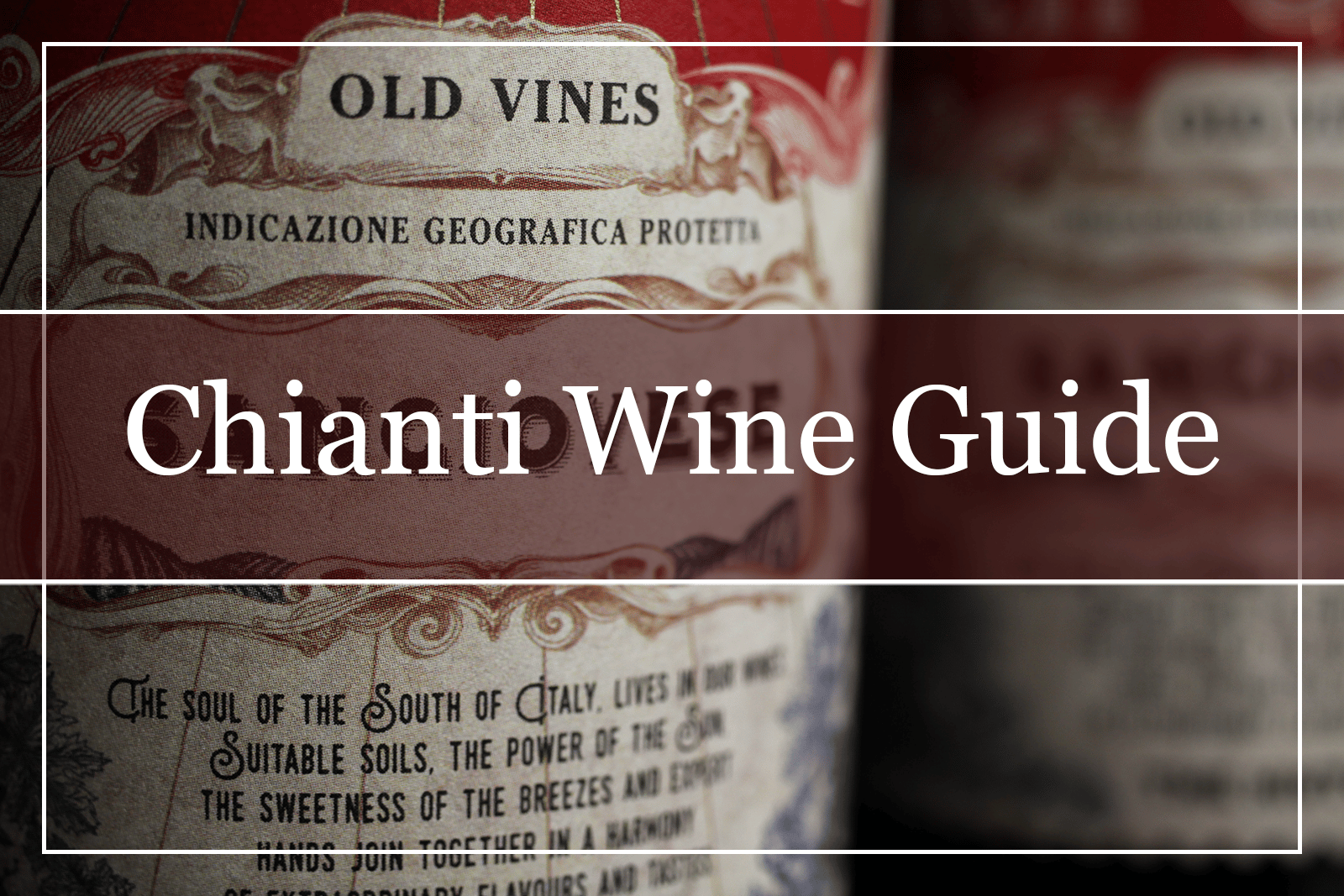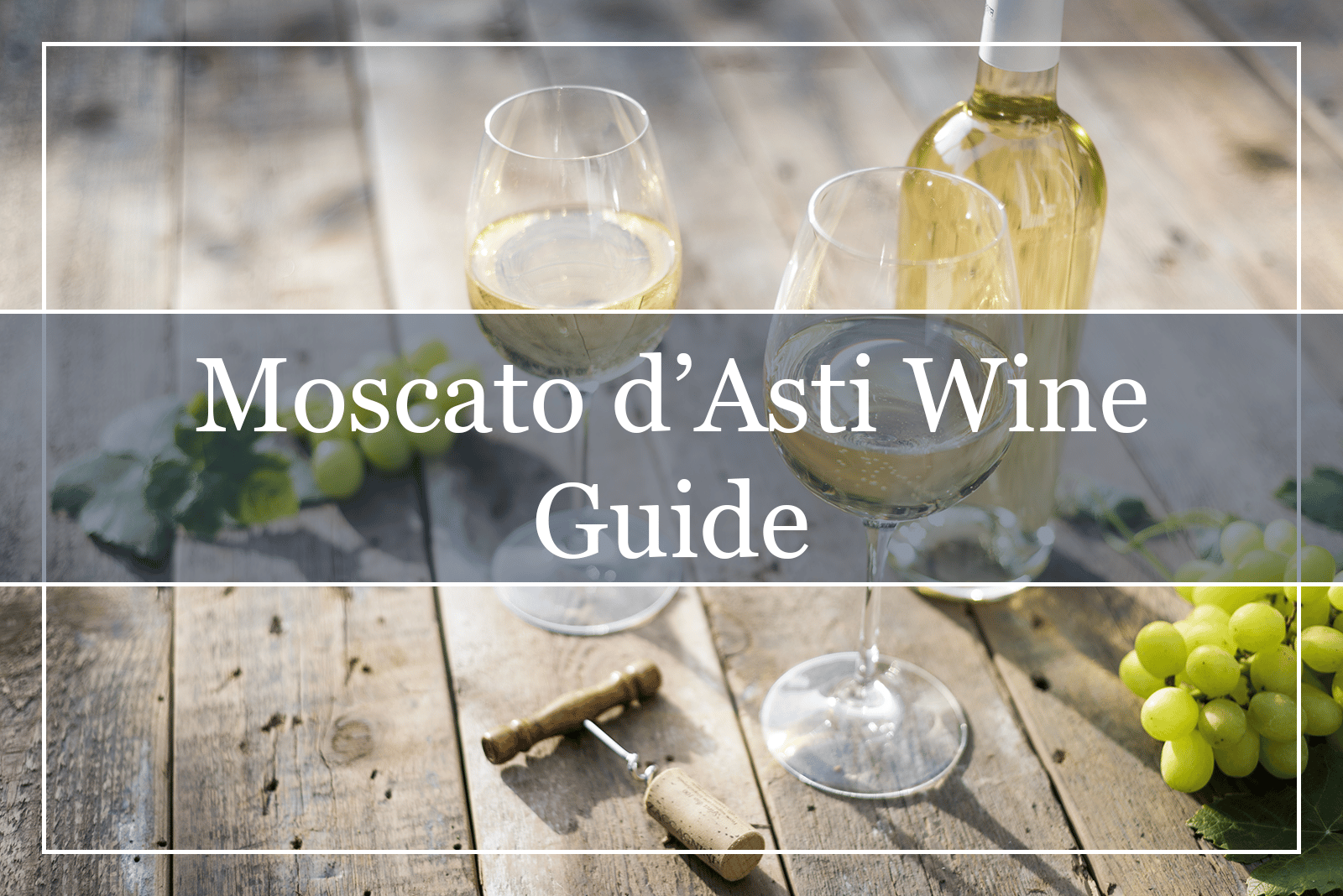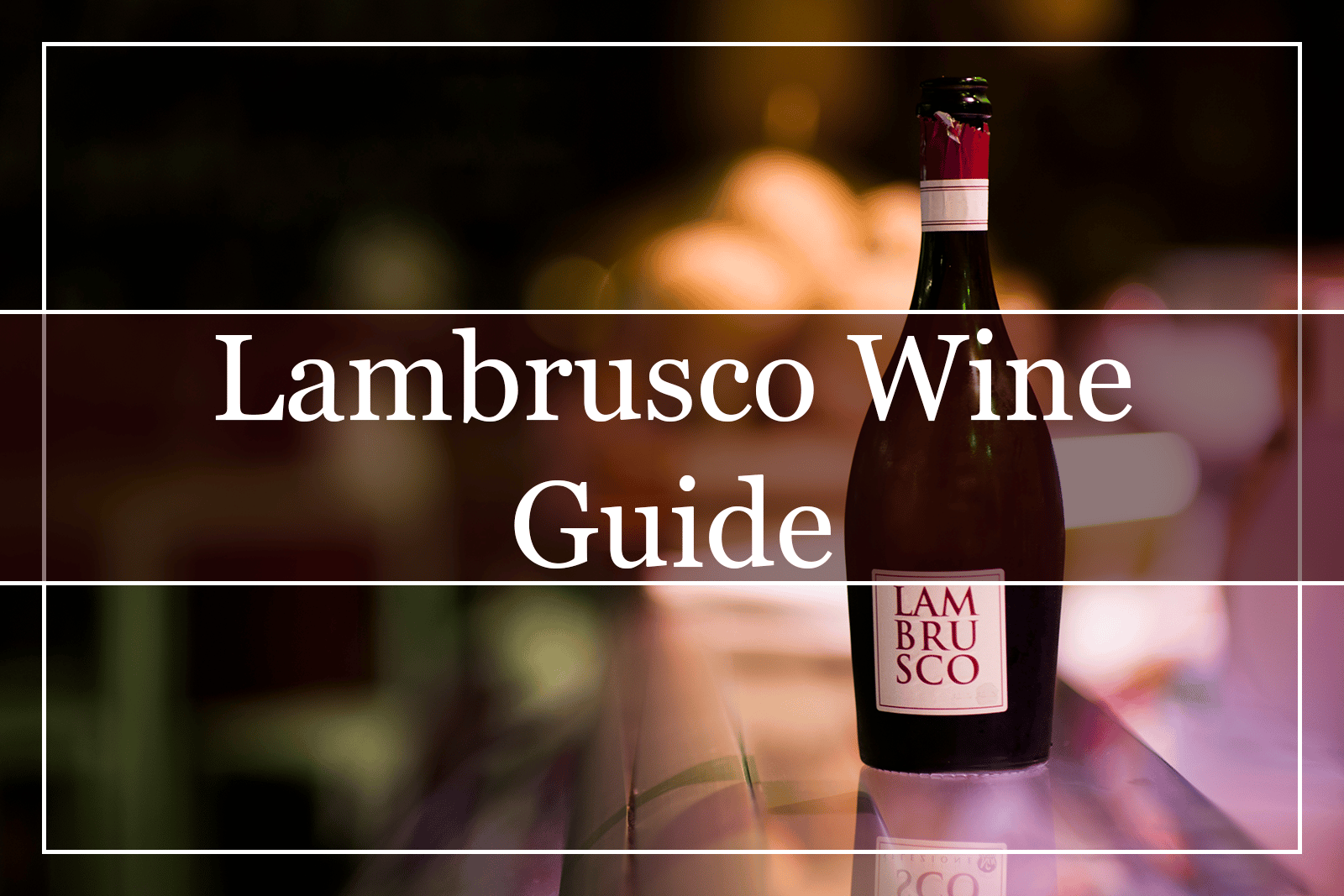What Is Amarone?
Amarone or ‘Amarone della Valpolicella’ is a distinctive dry red wine from the Veneto region of northeastern Italy. It is made with the appassimento method of dried grapes and is considered a very prestigious red wine.
The best Amarone wines are from the Classico zone. Top winemakers, however, also produce elegant Amarone wines outside the Classico zone, such as in Romano dal Forno. The main grape in Valpolicella is Corvina, an Italian grape native to the Veneto. It is thin-skinned with moderate color, medium tannins, and high acidity. However, to increase the color and tannins, winemakers add local grape varieties to the blend. These are Corvinone, Rondinella, Oseleta, and the highly aromatic but phased-out Molinara.
Amarone characteristics highlight fruitiness and simplicity. For the most part, the wines have light tannins and show pronounced red fruit flavors. Rarely oaked, Amarone wines are made to drink upon release. Keep in mind that wines from the Classico zone are the most refined and aromatic, while bottlings from the Valpantena zone are fruitier and lighter. Wines from the extended Valpolicella area are generally more sweet-smelling with a heavier, fuller body.
What Color Is Amarone?
Amarone della Valpolicella might be a blend of different native Italian varietals, but Corvina is the principal grape variety. For this reason, we are going to discuss the color of Corvina in the vineyard. The Corvina vine gives medium-to-large bunches of thin-skinned grape that have a purple-blue hue. As with every grape, Corvina is a member of the Vitis vinifera variety of the Eurasian grape species. Until ripening, the Corvina grapes are hard and thick to the touch.
Then follows what is called the véraison period, which defines the point at which the grapes start to ripen, and increase their flavor concentration. At this point also the grapes change color, going from red to purple. During ripening, the sugars rise, and acidity drops. At the same time, some color pigments form, and flavors accumulate. Also, the grapes swell and fill with water. The sunny conditions are essential for successful grape ripening. It is at this point that the color presents extra tones of deep purple to vivid blue. And that is how we get typical Amarone color.

What Does Amarone Mean?
Amarone is an Italian word and translates into the Great Bitter to separate it from the sweeter Recioto, also produced in Veneto.
How to Pronounce Amarone?
Pronouncing Amarone is very important for wine fans desiring to understand the Italian wine industry. In fact, learning to pronounce the wine accurately is vital when seeking to enter wine-tasting circles. Amarone has four syllables, with the emphasis falling on the third syllable. Here is what it looks like phonetically:
aa-mah-row-nei
Additionally, there are many helpful video and audio examples online to help with Amarone pronunciation. So, make sure to check them out.
Where Does Amarone Come From?
Amarone comes from Veneto in northeastern Italy. In fact, Corvina and Corvinone, the two most significant Amarone grapes, are allowed to grow exclusively in the Valpolicella wine region in Verona, a sub-region of Veneto. The Veneto region sees a moderate to cool climate with sweet summers and sporadic rainfalls. Located in the Alps, the imposing mountain range forms a natural barrier, sheltering the vineyards from rain, which causes the appearance of rot. Rivers and glacial lakes, such as Lake Garda, offer a moderating influence on the Veneto.

To protect the grapes from sunburn, as well as allow air to circulate, minimizing the risk of rot, local winemakers make use of Pergola, a complex trellising system. The vine canopy is trained high, with the grapes hanging down below a horizontal leaf canopy.
Italy has many indigenous grape varieties and also many wine styles. Wine has been made there for centuries. Plus, it is a champion of the concept that appellation is way more important than the winemaker’s role in vinification.
What Kind of Wine Is Amarone?
Amarone is produced to be a light, highly aromatic, and fruity wine that is perfect for almost every occasion. You can sip it during a garden barbecue with some grilled meat on the side or even by the pool when the weather is hot. In addition, Amarone della Valpolicella is especially tasty when served chilled. Place the bottle in the fridge a couple of hours before guests arrive to save time. As you welcome them, pour them a bit of Amarone, and express your cordial greetings.
The Fabled Passito Method
The ‘passito’ or ‘appassimento’ technique is a unique wine production method used exclusively in the Veneto for Valpolicella wine. To concentrate the aromatics and natural sugars in Amarone and also Recioto, producers dry their grapes after harvest to remove the water from the fruit, while, at the same time, maintaining the sugars, sweetness, and ultimately, flavor. Remember that the fermentation of Amarone wines does not get underway until the winter months because the grapes are still drying. Therefore, the ‘passito’ method increases wine structure, flavor concentration, and color, too.
As to the Recioto wines, they are made from such sweet grapes that fermentation stops naturally. When fermentation ends without human intervention, it means that the yeasts have eaten all of the available sugar. The Recioto wines are sweet with intense red berry flavors, heavy body, high alcohol content, and medium-to-high tannins.
The Ripasso Method
Except for the ‘passito’, there is also the ‘ripasso’ method. It uses grape skins from a fermenting Amarone della Valpolicella. A bit before the fermentation is over, Amarone is drained off the skins. These remain unpressed, retaining their flavor and color concentration. Then, they are added to the vessel of a Valpolicella that has just finished fermentation. Hungry yeasts consume the remaining sugar on the skins, with said skins contributing additional flavor, tannins, and color to the fermenting wine. Ripasso wines are medium-to-full-bodied with grippy tannins and tastes of sweet cherries and plums.

Is Amarone Dry or Sweet?
In general, it is challenging to pin Amarone down to a black-and-white profile, as unlike Recioto, which is sweet, Amarone della Valpolicella is either dry or off-dry in taste. This complexes things a bit from a winemaker’s side. So much about the flavors depending on the ‘passito’ method and how dried the grapes are before fermentation.
What Does Amarone Taste Like?
Amarone tasting notes show pronounced fruitiness and a certain boldness. If you are into very aromatic and flavorful wines, then Amarone might be for you. The Amarone aroma is bright, packed with notes of fig, cinnamon spice, plum, and even cherry liqueur. On top of that, gentle touches of peppercorn are discernible, too, as well as chocolate touches.
The Amarone taste is fulfilling, as dark berry, cocoa, and brown sugar flavors dominate the palate. The acidity is medium-plus and refreshing and counterbalances the high alcohol content of Amarone. And if you are handling an older wine, then expect tastes of dried fig, molasses, and stewed plum. Consequently, the flavor profile is gratifying, inviting wine enthusiasts for another sip!
How to Serve Amarone?
Amarone is best served in classic large-sized red wine glasses. I’d recommend you avoid purchasing extreme wine glassware, such as burgundy glasses. There’s no need for it. On that note, keep in mind that you can serve Valpolicella chilled as a summer aperitif at 57°F (13°C). Unlike traditional red wines, Amarone is super palatable when chilled. The wine’s tangy flavors become crispy, offering an incomparable refreshing sensation.
For Valpolicella Ripasso or heavily structured Amarone wines, the best temperature to serve Amarone is around 63°F (17°C). When the wines reach this temperature, they feel soft with velvety tannins, enabling all of their perfumes to breathe.
Decanting is definitely an option, but not necessary. Amarone, even-aged versions, does not display sediment, so decanting the wine most probably will not unlock extra aromatics and flavors. If you choose to decant your Amarone bottle, though, let the wine rest for about 20 minutes before serving. In this way, the oxygen in the air comes into immediate contact with the wine surface.
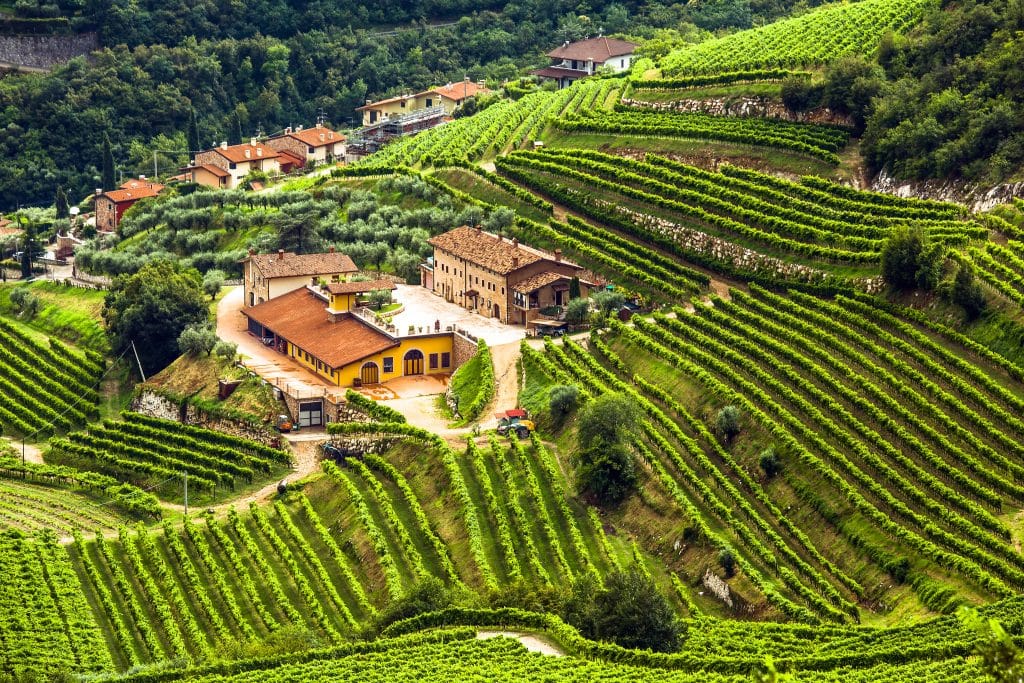
Suitable for Bottle Aging
Amarone and Recioto wines are suitable for long-term storage and can last for a decade or more in the bottle. They improve with age, becoming even more complex and palatable upon release. After aging, Amarone should develop slightly bitter-sweet notes, like cocoa and balsamic tones blended with fragrances of figs and tobacco.
Generally, to mature wine, you have to store it in an environment with stable temperatures. To mature the wine, ensure those room temperatures that do not fluctuate (50-60°F or 10-15°C) and a bit of humidity.
What’s more, artificial light or sunlight should be blocked as it damages the quality of the wine. Exposure to light changes the chemical makeup of a wine. At the same time, changes in oxygen or temperature cause wine faults, meaning that the wine may age prematurely, thereby losing vibrancy. In such a case, the resulting wine is called light-struck.
How Long Should Amarone Breathe?
Amarone ranges from light to medium-bodied wine. There are some examples of heavily oaked full-bodied Valpolicella, but these are rare. As mentioned above, Amarone is fine without aeration, or, alternatively, you may leave it in the glass for up to 20 minutes to breathe. Similarly, several vigorous swirls suffice to bring the wine surface in contact with the air and revitalize the secondary flavors, including chocolate, cinnamon spice, and gravel dust notes.
What Food to Pair With Amarone?
Amarone wine is a fantastic companion to dishes based on game meat, such as duck mousse, pheasant, or grilled venison steak. In addition, standard beef or pork meat accompanies the wine ideally, too. Black Angus T-Bone steak or a roast pork rack with garlic stuffing match perfectly with Amarone. Or strive to combine it with the traditional ‘Fiorentine Chianina’ steak, just like the Italians.
What’s more, Amarone shows hints of both chocolate and cocoa, combined with cinnamon spice, or even tobacco notes, especially in older bottles. As such, opt to pair Amarone with chocolate desserts. In fact, the stronger the cocoa is in a dessert, the more dynamic the Amarone food pairing should be.
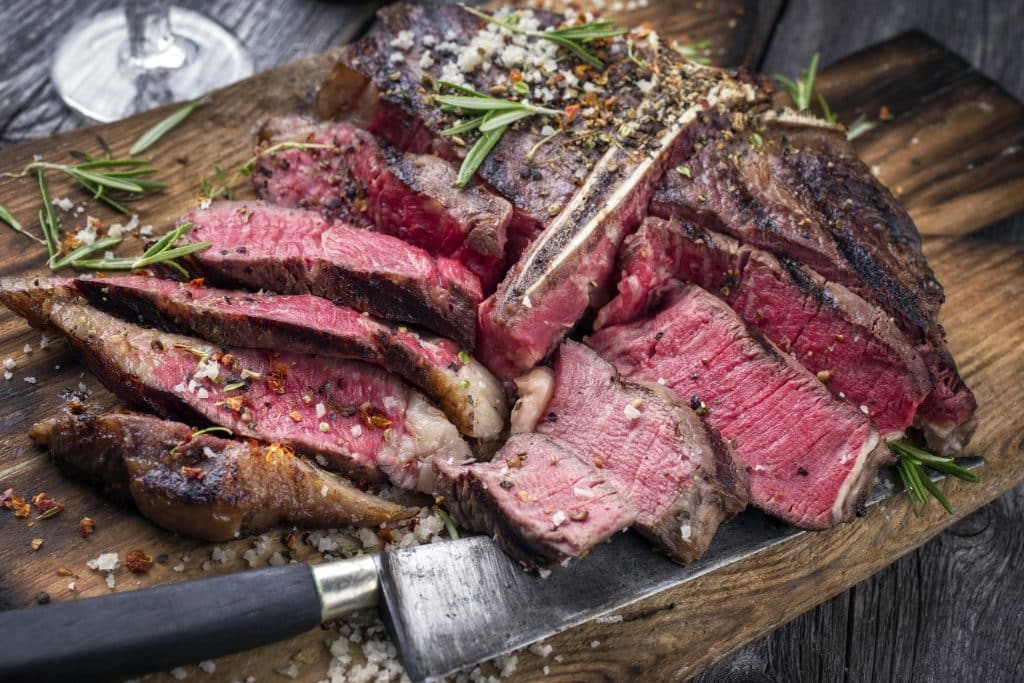
Amarone Cheese Pairing
Amarone complements many cheese varieties divinely. Pecorino, Reblochon, Taleggio, and Murazzano are some of the best cheese choices. Blue cheeses are great, too. You can serve them on a typical cheese board or use them in pasta or pizza. It’s up to you!
How Much Alcohol Does Amarone Have?
Amarone shows a high alcohol concentration, with the Amarone alcohol content sitting at 14% ABV. Before uncorking the bottle, check the label to be more precise, and remember to drink the wine responsibly.
How Many Calories Are There in Amarone?
Remember that the alcohol content and residual sugar are responsible for increasing calories in wines. Almost every Amarone wine exhibits a high alcohol concentration, and some are made in an off-dry style, having high sugar levels, too. The carbs in Amarone range from 4 to 7 per glass, while the calories are from 135 to 190 or more per serving. Consequently, consumers on a diet need to consider this information before purchasing an Amarone della Valpolicella wine.
Conclusion
Amarone della Valpolicella wine is bold, with aromas of red fruit, fig, spice, and chocolate, as well as a palate of cherry, caramelized sugar, and cocoa. It’s definitely one of those wines that you need to try at least once in your lifetime. Sure, it doesn’t come cheap, as most bottles are around the $100-mark, but considering how challenging Amarone is to make, the high price shouldn’t surprise.
Furthermore, Amarone is hard to grow. There’s a regulatory committee in the Valpolicella region, which protects the land around Verona and Veneto. So, when a winery needs to plant a new vineyard, they need to rip out the old vines for space. Tasting Amarone wine is a phenomenal wine-drinking experience, therefore. Don’t miss out!


